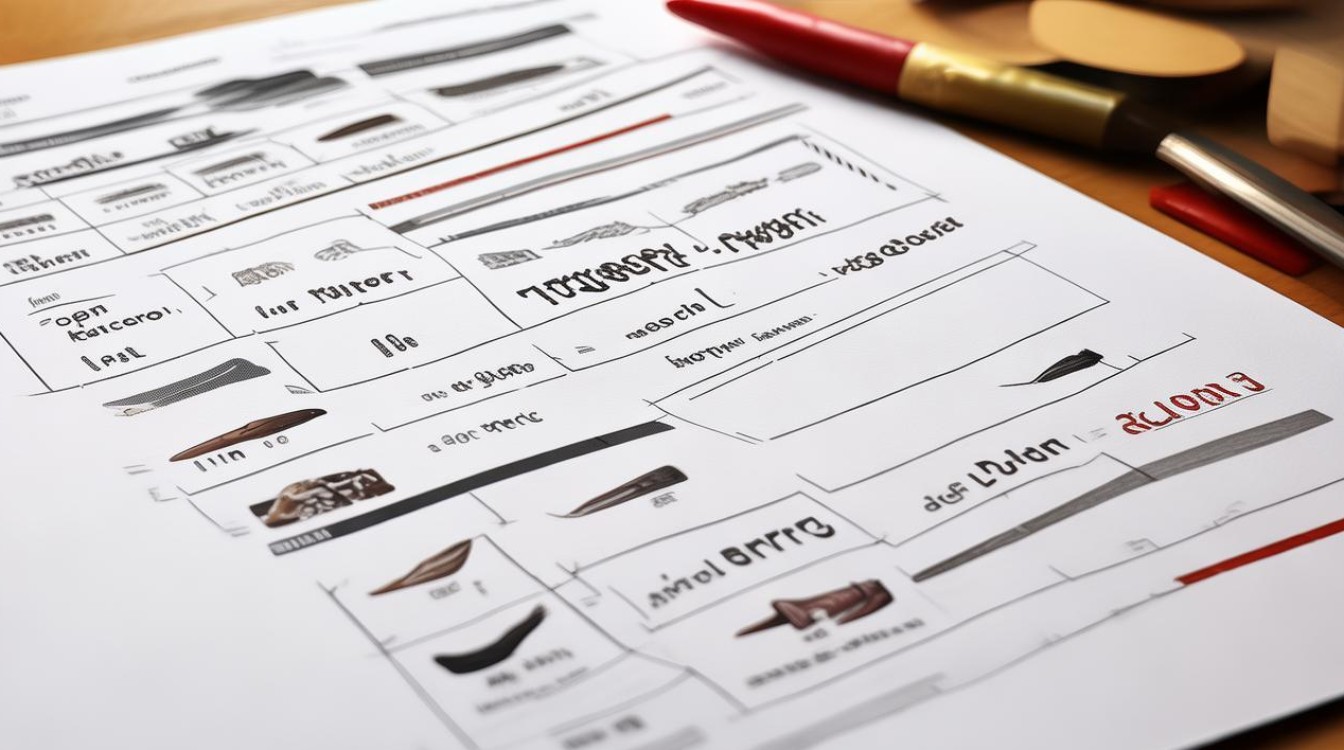The human hand is a marvel of anatomy, and the fingers play a crucial role in daily life. Whether typing, grasping, or gesturing, fingers are indispensable. If you're learning English or simply curious, knowing how to say "finger" in English is fundamental. This guide covers the word itself, related vocabulary, idioms, and cultural nuances.

The Basic Word: "Finger"
In English, the word for each digit on the hand is "finger." The thumb is technically a finger, though some debate exists. Here’s how the five fingers are typically named:
- Thumb – The short, thick digit on the side of the hand.
- Index Finger (Pointer Finger) – Used for pointing and touching.
- Middle Finger – The longest finger, often associated with gestures.
- Ring Finger – Traditionally where wedding rings are worn.
- Pinky (Little Finger) – The smallest finger.
The word "finger" comes from Old English "finger," related to German "Finger" and Dutch "vinger."
Finger-Related Vocabulary
Beyond the basic term, English has a rich vocabulary related to fingers:

- Fingertip – The very end of a finger.
- Fingernail – The hard covering on the upper surface.
- Knuckle – The joint between finger bones.
- Phalanges – The medical term for finger bones.
- Digit – A formal term for fingers and toes.
Common Idioms and Expressions
Fingers appear in many English idioms, reflecting their importance in communication and action:
- "Keep your fingers crossed" – Hoping for good luck.
- "All fingers and thumbs" – Clumsy or awkward.
- "Point the finger" – To blame someone.
- "Finger on the pulse" – Being well-informed.
- "Slip through your fingers" – To lose something easily.
These phrases show how deeply fingers are embedded in language.
Cultural and Symbolic Meanings
Fingers carry symbolic weight across cultures:

- Thumbs Up/Down – In many Western cultures, a thumbs-up signals approval, while a thumbs-down means disapproval.
- Middle Finger – A widely recognized offensive gesture.
- Crossed Fingers – A gesture for luck or a wish.
- Handshake – Often involves gripping fingers as a sign of agreement.
Understanding these gestures avoids misunderstandings in international settings.
Fun Facts About Fingers
- The average person spends about 4 months of their life waiting for red lights to turn green—plenty of time to tap fingers impatiently.
- Fingerprints are unique; even identical twins have different patterns.
- The fastest typists can reach 200 words per minute, relying heavily on finger dexterity.
Learning and Teaching the Word
For non-native speakers, mastering body part vocabulary is essential. Here are some tips:
- Labeling – Stick notes with English words on your hand.
- Flashcards – Use images to associate the word with the finger.
- Practice in Sentences – Example: "I cut my index finger while cooking."
Teachers can use games like "Simon Says" to reinforce learning: "Simon says touch your ring finger!"

Common Mistakes to Avoid
- Confusing "finger" with "toe" (toes are on the feet).
- Misusing idioms (e.g., saying "cross your toes" instead of "cross your fingers").
- Overlooking the thumb as part of the finger group in casual speech.
Final Thoughts
Knowing how to say "finger" in English opens doors to richer communication. From basic vocabulary to idioms and cultural significance, fingers are more than just body parts—they’re tools for expression. Whether you're learning English or teaching it, this knowledge is undeniably useful.
Next time you gesture, type, or point, remember the power of this simple word. Language, like fingers, connects us all.

